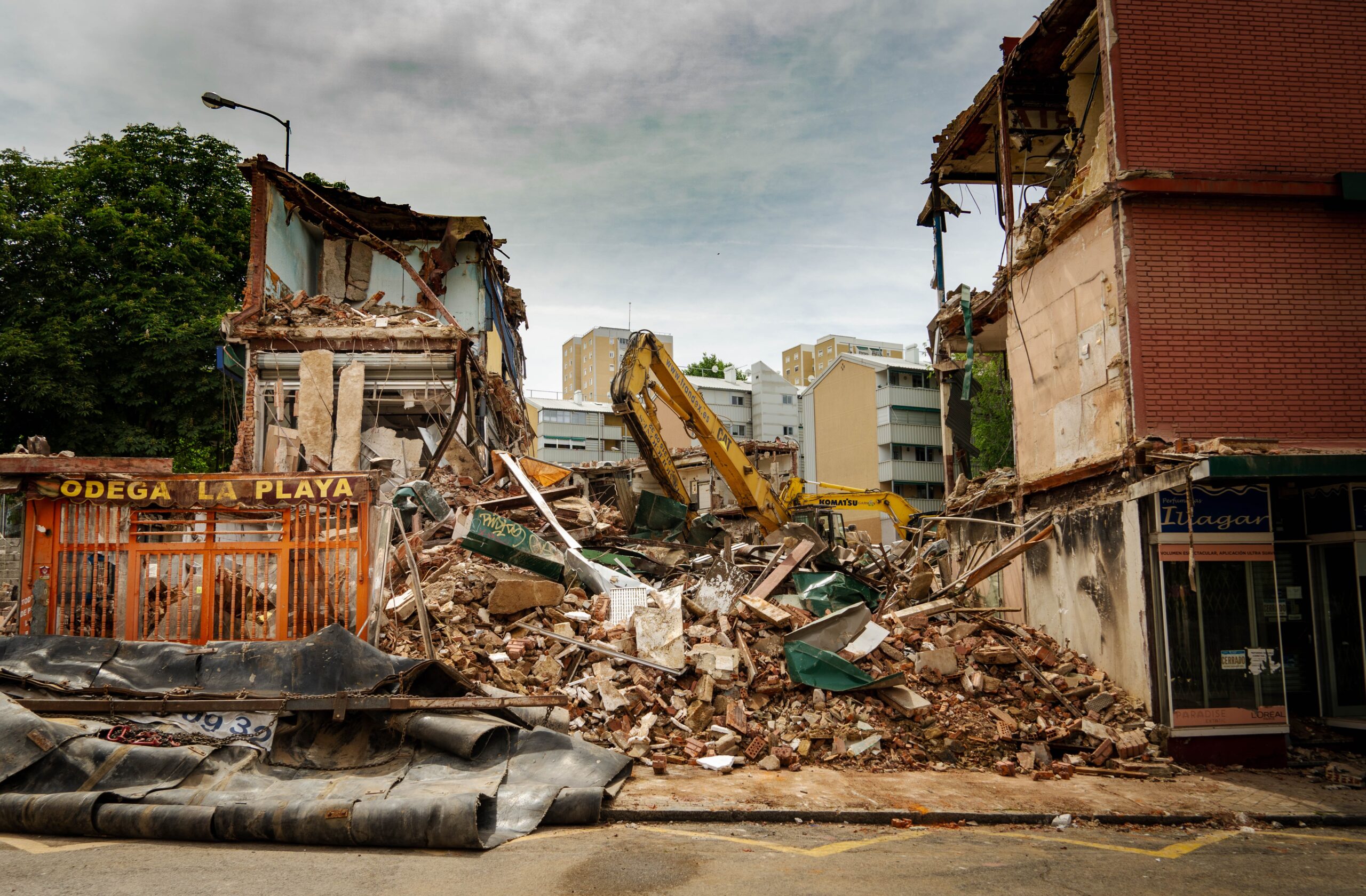Tax Deduction | Sismabonus
It’s no news that Italy is subject to seismic events. Earthquakes are fairly common in certain areas of Italy, and they provide a high risk for the population, as well as the existing building; since 2017, the Italian government has introduced a tax break for qualifying works aimed at improving the seismic responsiveness of buildings. This is an attempt by the legislator to reduced the unforeseen damages, and losses, incurred by landlords and the general population in the event of an earthquake. Let’s find out how the Sismabonus works.

Sismabonus - Who can claim it?
The taxpayers involved in the Sismabonus is very broad, and it includes natural persons as well as any taxpayer who is subject to IRPEF (i.e. partners of partnerships), as well as corporations, association, non government organizations, and other institutions (public or private).
In case of natural persons, the relief is also extended to the spouse, partner, or separated spouse, as long he/she paid for the qualifying expenses.
Not every dwelling attracts the tax relief. In fact, according to the law, the Sismabonus is applicable only to residential properties and commercial or industrial properties held by companies or partnerships where a business activity is carried out.
In addition, the property attracting the relief must be located in municipalities classified as high or moderate seismic risk as per the ordinanza del Presidente del Consiglio dei ministri n. 3274 del 20 marzo 2003. In order to attract the tax relief, the house must be located in a municipalities within the seismic risk classes 1 to 3.
Finally, you don’t need to be a tax resident of Italy to claim the Sismabonus tax relief, as you only need to own a property in Italy.
Sismabonus - How much is the relief?
The maximum tax relief claimable is € 96,000 per house unit, and the tax break is 70% or 80% depending on the seismic improvement, which is further lifted of an extra 5% in case the property is in a condominium. The Sismabonus tax relief can be credited against your taxes in 5 equal instalments. Note that the upper threshold concurs to the expenditure of the House renovation bonus.
You must also bear in mind that the Seismic improvements may qualify for the Superbonus 110%.
In order to claim the Sismabonus tax relief, you must undertake substantial improvements to your building and the improvements must be certified by the engineer that drafts the project, as well as providing a sworn statement upon termination of the works certifying the number of seismic risk classes improved by the works. If the works increase the building’s seismic class by one, the relief is 70%, whilst if the classes improvement is by two, the relief is uplifted to 80%; an extra 5% is granted for any condominium house unit.
Calculate your Sismabonus Deduction
Sismabonus - How to practically claim it?
You can claim the tax break in your tax return in 5 equal installments over a 5 year period; therefore you can reduce your tax liability of a maximum of € 16,320 per tax year; note that if you don’t pay that amount of IRPEF per year, the tax credit in excess of it is wasted. In addition, if you are not a tax resident of Italy or you do not IRPEF tax, your tax break is then wasted as well. Is there a way to convert it into hard cash?
The answer is positive. You can trade your credit directly to your contractor or you can sell it to an Italian bank, and in both cases you need to obtain an accountant’s Visto di conformità prior doing so.
Finally, you need to retain all of the above records for a period of 12 years (5 years of tax break + 7 years of tax office investigation period).
